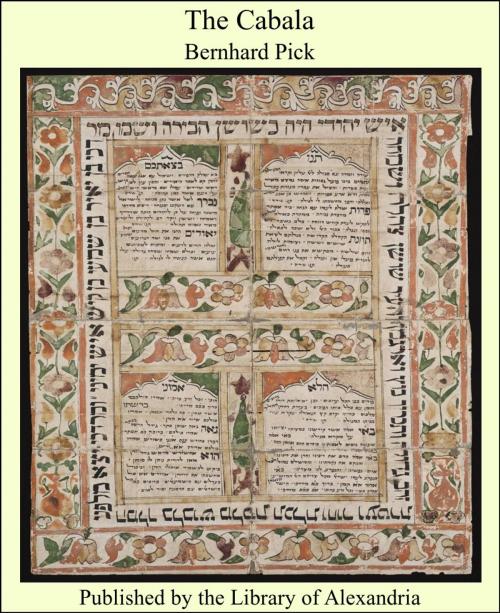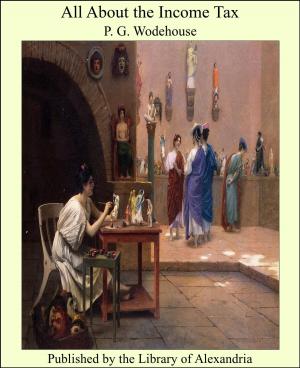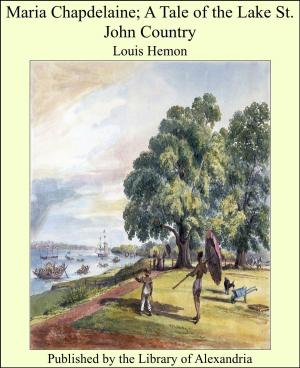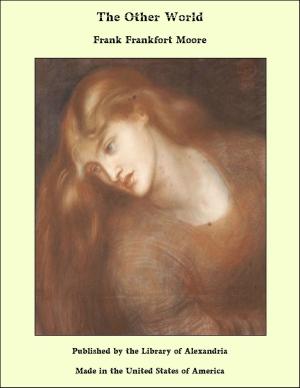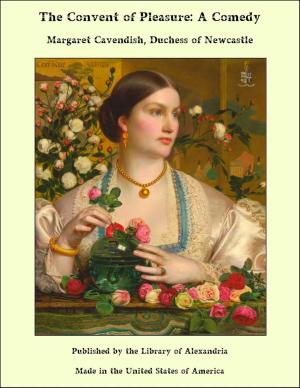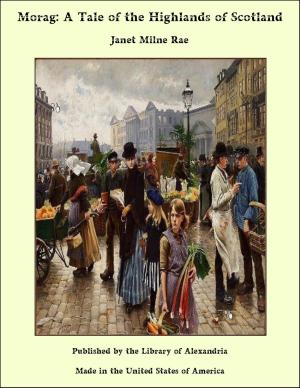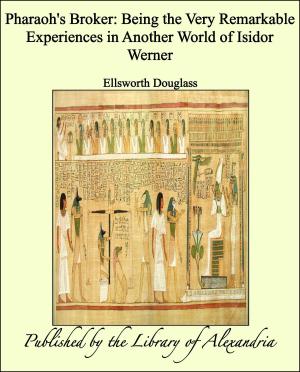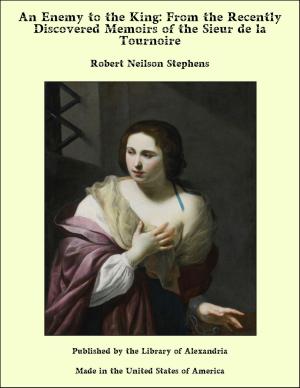| Author: | Bernhard Pick | ISBN: | 9781465535474 |
| Publisher: | Library of Alexandria | Publication: | March 8, 2015 |
| Imprint: | Language: | English |
| Author: | Bernhard Pick |
| ISBN: | 9781465535474 |
| Publisher: | Library of Alexandria |
| Publication: | March 8, 2015 |
| Imprint: | |
| Language: | English |
Having defined the term Cabala, which was still commonly used for “oral tradition” in the 13th and 14th centuries even after the technical sense of the word was established, we must be careful to distinguish between cabala and mysticism. Like Other Eastern nations, the Jews were naturally inclined to theosophical speculation and though this tendency may have been repressed by the definite teaching of revelation as long as they were confined within the sacred boundaries of Palestine, it found a freer scope after the Exile. There were two subjects about which the Jewish imagination especially busied itself,—the history of the Creation, and the Merkabah, or the Divine apparition to Ezekiel. Both touch the question of God’s original connection with His creatures, and that of His continued intercourse with them. They treat of the mystery of nature and of Providence, especially of Revelation; and an attempt is made to answer the question, how the Infinite God can have any connection or intercourse with finite creatures. It is difficult to say how far it is possible to trace with certainty Jewish mysticism. Even in of Sirach (Ecclus, xlix. 8) it is the special praise of Ezekiel that he saw the chariot of the Cherubim. When we come to the period of the Mishna, we find the existence of a body of esoteric doctrine already presupposed. It is laid down that “no one ought to discourse the history of Creation (Gen. i) with two, or the Chariot (Ezek. i) with one, unless he be a scholar, who has knowledge of his own” (Chagiga II, 1) . Further allusions to these mysterious doctrines occur in the Talmud, but any rash investigation of them was discouraged, as is shown by the story of the four sages in “the enclosed garden,” i.e., who were engaged in theosophical studies. One of them, it was said, had looked around and died; another had looked around and lost his reason; a third eventually tried to destroy the garden; [*1] while the fourth alone had entered and returned in safety (Chagiga, fol. 14, col. 2). Little by little mysticism made its way from Palestine into Babylonia and found many followers. Its adepts called themselves “Men of Faith.” They boasted of possessing the means of obtaining a view of the divine household. By virtue of certain incantations, invocations of the names of God and the angels, and the recitation of certain prayer-like chants, combined with fasting and an ascetic mode of living, they pretended to be able to perform supernatural deeds. For this purpose they made use of amulets and cameos (Kameoth), and wrote upon them the names of God and the angels with certain signs. Miracle-working was a trifle to these mystics. The books which they wrote only gave hints, and only those were initiated into the mystic secrets, in whose hand and forehead the adepts pretended to discover lines that proved them to be worthy of being initiated
Having defined the term Cabala, which was still commonly used for “oral tradition” in the 13th and 14th centuries even after the technical sense of the word was established, we must be careful to distinguish between cabala and mysticism. Like Other Eastern nations, the Jews were naturally inclined to theosophical speculation and though this tendency may have been repressed by the definite teaching of revelation as long as they were confined within the sacred boundaries of Palestine, it found a freer scope after the Exile. There were two subjects about which the Jewish imagination especially busied itself,—the history of the Creation, and the Merkabah, or the Divine apparition to Ezekiel. Both touch the question of God’s original connection with His creatures, and that of His continued intercourse with them. They treat of the mystery of nature and of Providence, especially of Revelation; and an attempt is made to answer the question, how the Infinite God can have any connection or intercourse with finite creatures. It is difficult to say how far it is possible to trace with certainty Jewish mysticism. Even in of Sirach (Ecclus, xlix. 8) it is the special praise of Ezekiel that he saw the chariot of the Cherubim. When we come to the period of the Mishna, we find the existence of a body of esoteric doctrine already presupposed. It is laid down that “no one ought to discourse the history of Creation (Gen. i) with two, or the Chariot (Ezek. i) with one, unless he be a scholar, who has knowledge of his own” (Chagiga II, 1) . Further allusions to these mysterious doctrines occur in the Talmud, but any rash investigation of them was discouraged, as is shown by the story of the four sages in “the enclosed garden,” i.e., who were engaged in theosophical studies. One of them, it was said, had looked around and died; another had looked around and lost his reason; a third eventually tried to destroy the garden; [*1] while the fourth alone had entered and returned in safety (Chagiga, fol. 14, col. 2). Little by little mysticism made its way from Palestine into Babylonia and found many followers. Its adepts called themselves “Men of Faith.” They boasted of possessing the means of obtaining a view of the divine household. By virtue of certain incantations, invocations of the names of God and the angels, and the recitation of certain prayer-like chants, combined with fasting and an ascetic mode of living, they pretended to be able to perform supernatural deeds. For this purpose they made use of amulets and cameos (Kameoth), and wrote upon them the names of God and the angels with certain signs. Miracle-working was a trifle to these mystics. The books which they wrote only gave hints, and only those were initiated into the mystic secrets, in whose hand and forehead the adepts pretended to discover lines that proved them to be worthy of being initiated
